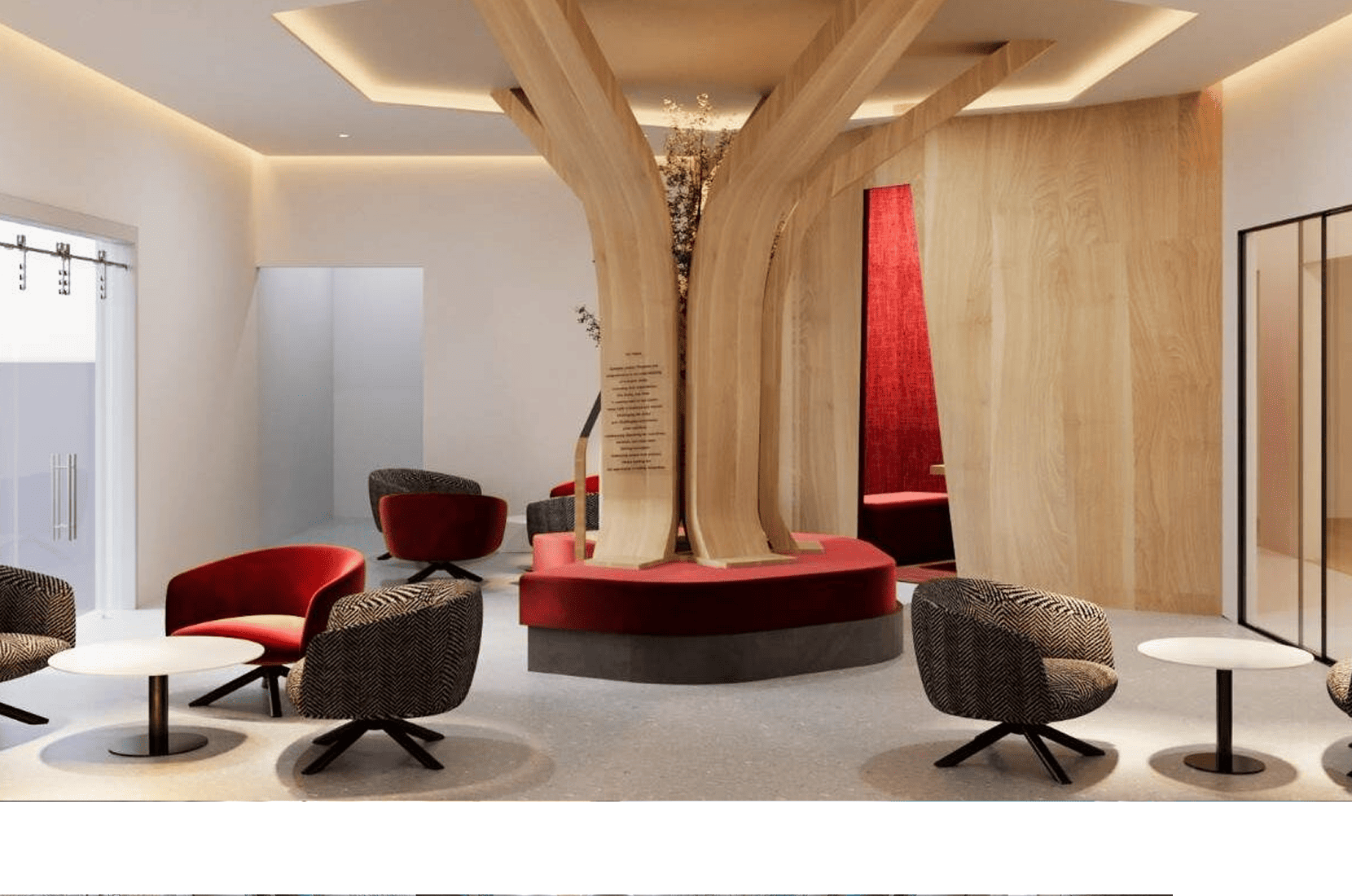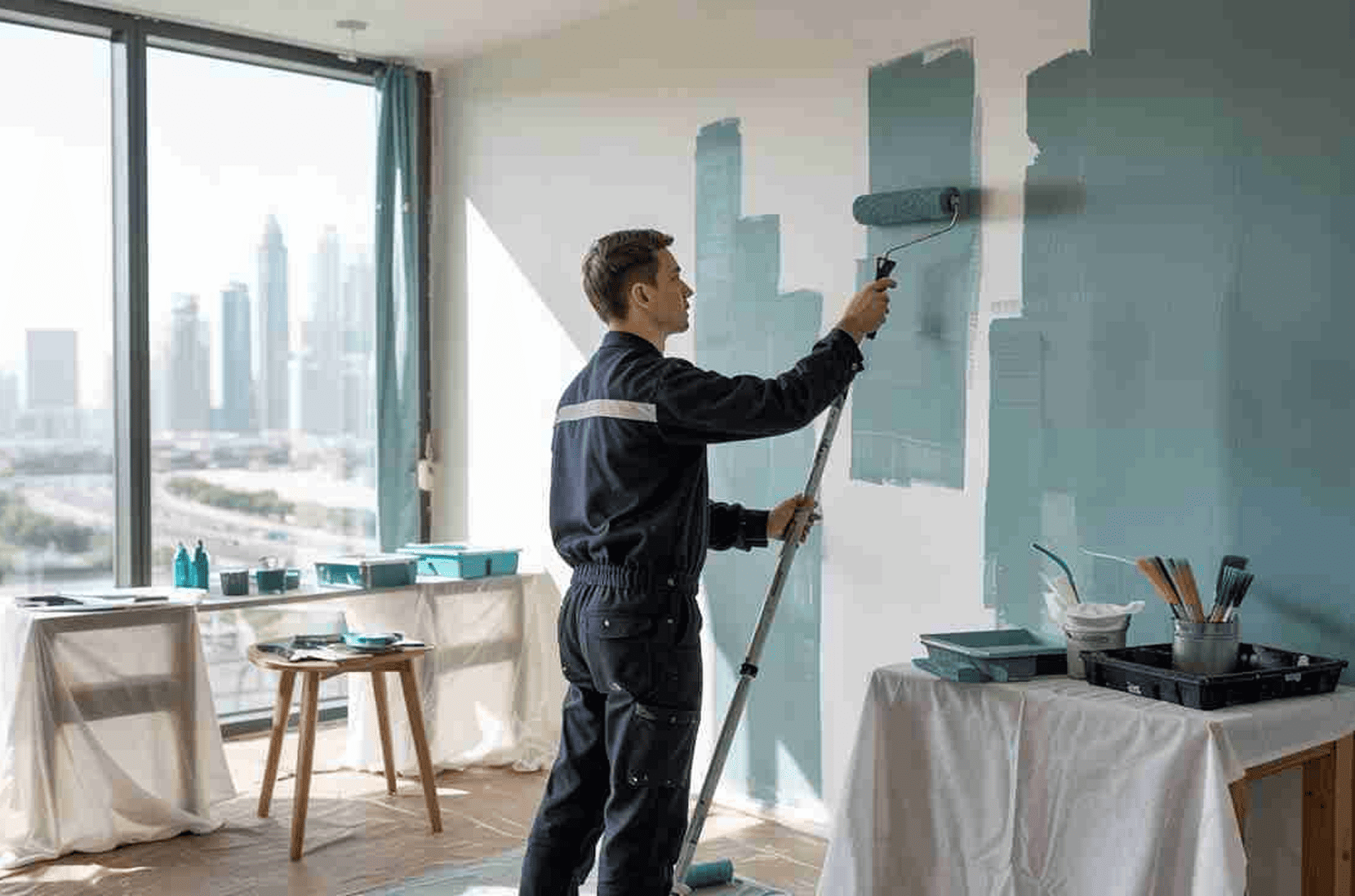Short-Term, Long Game
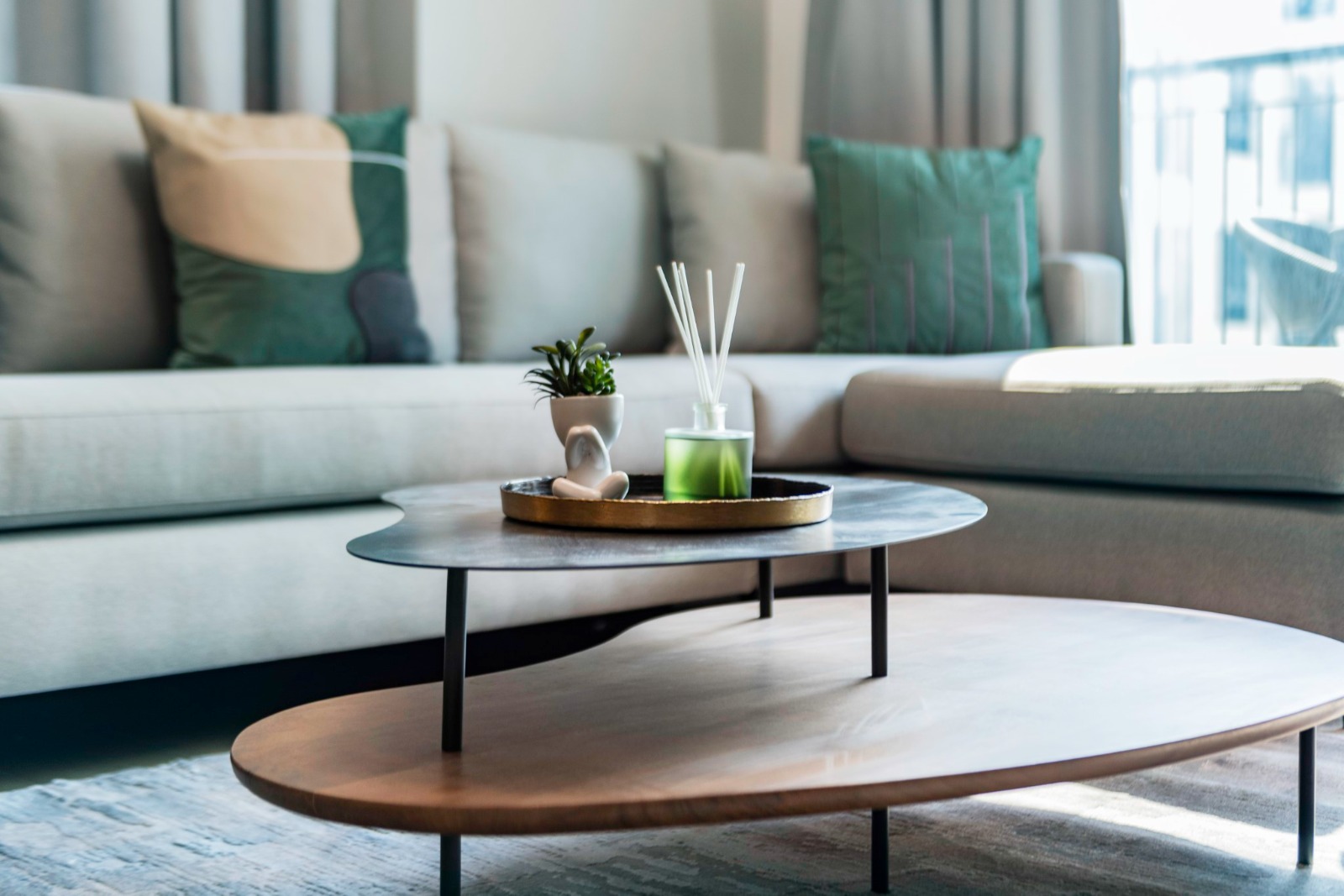
Fast-cycle rentals live fast.
Calendar full. Reviews fresh. Keys passed. Turnover builds pressure.
Check-in. Check-out. Clean. Reset. Repeat.
The motion feels seamless until it starts to show, because behind the rhythm, there’s wear.
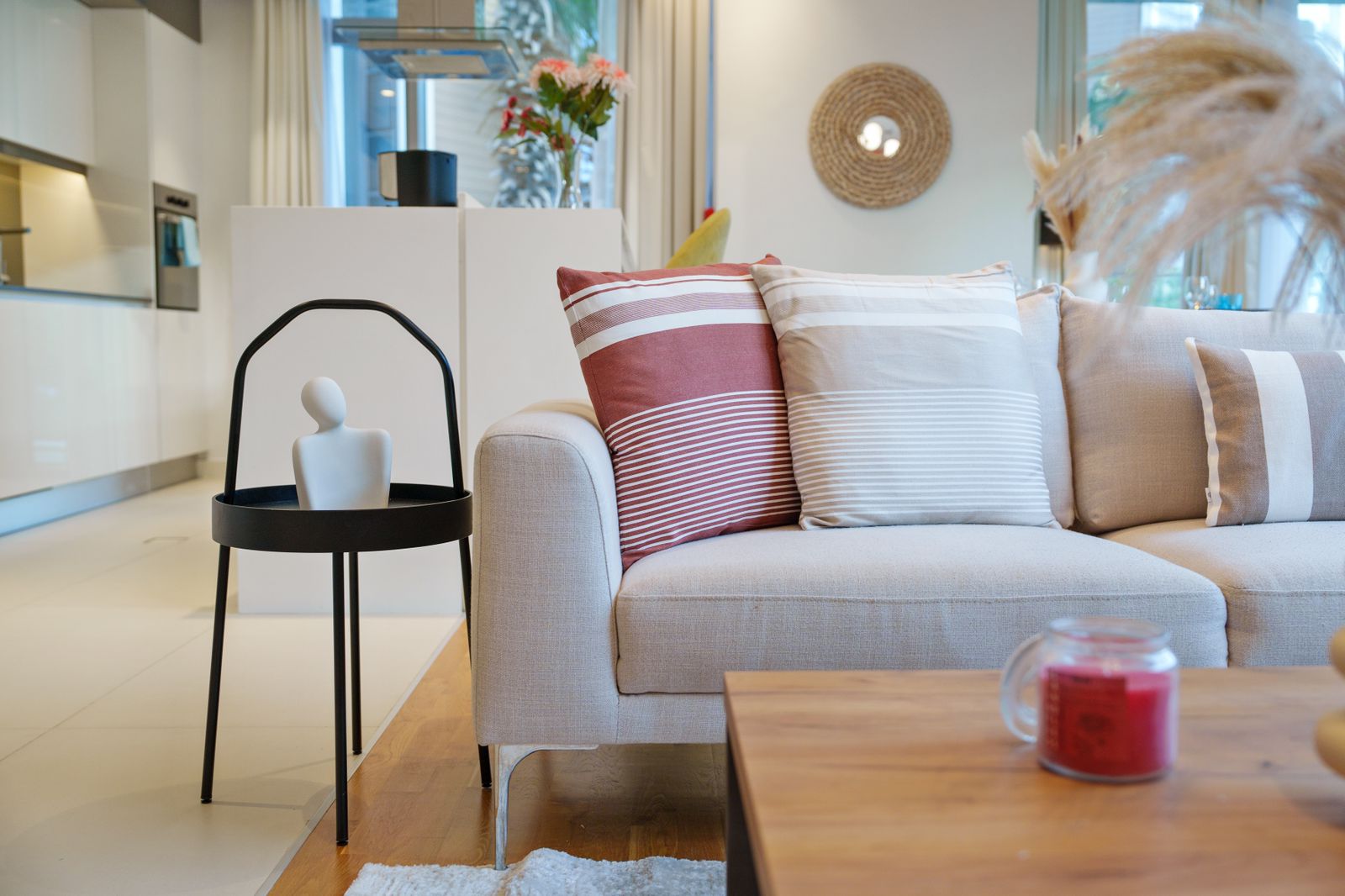
Not just the kind you notice: scuffed walls, sagging cushions, chipped edges. But the kind that builds quietly. Hinges that start to give. Fabrics that lose their hold. Alignments that drift, millimeter by millimeter, with each repetition.
What fades isn’t the image. It’s the integrity. In this model, everything accelerates.
What would take five years in a home happens in five months. Usage compresses. Maintenance stalls. Accountability scatters.
The real question isn’t how to make a property stand out. It’s how to make it last.
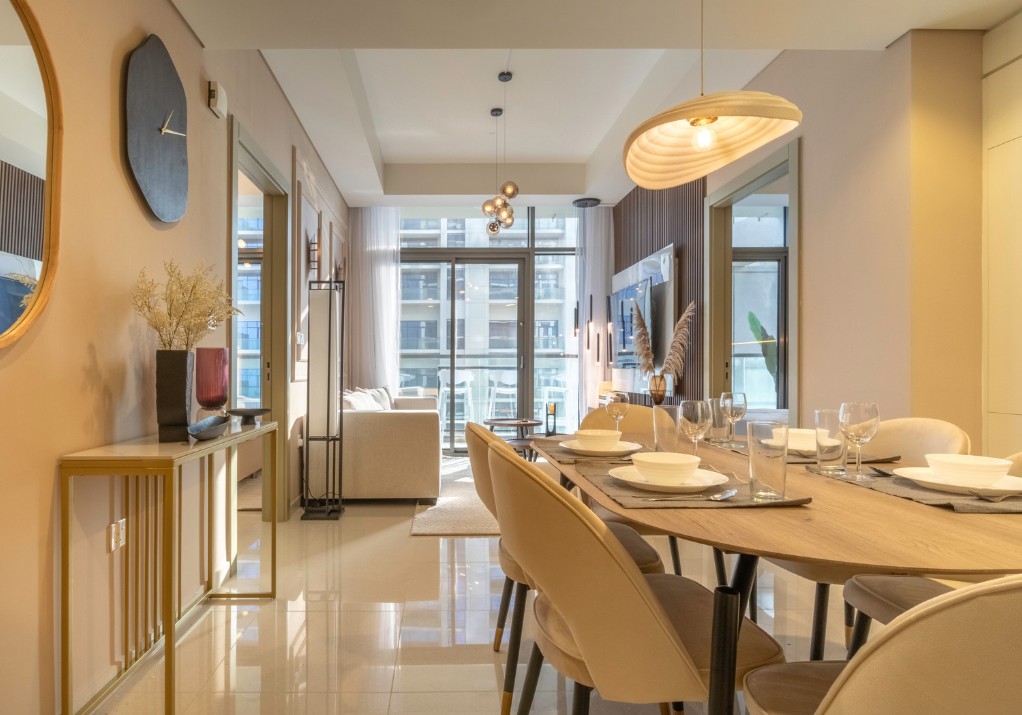
At RENO, we tackle Airbnb projects as a matter of endurance. Not a style exercise, but a system under pressure.
We think in cycles: cleaning products used daily. Water splashes no one wipes. Doors slammed not once, but fifty times a week. Furniture dragged, realigned, repurposed. Sunlight striking the same spot, every afternoon, unfiltered.
These aren’t hypotheticals. They’re patterns. And when you multiply them, they dictate how long a unit can perform without intervention.
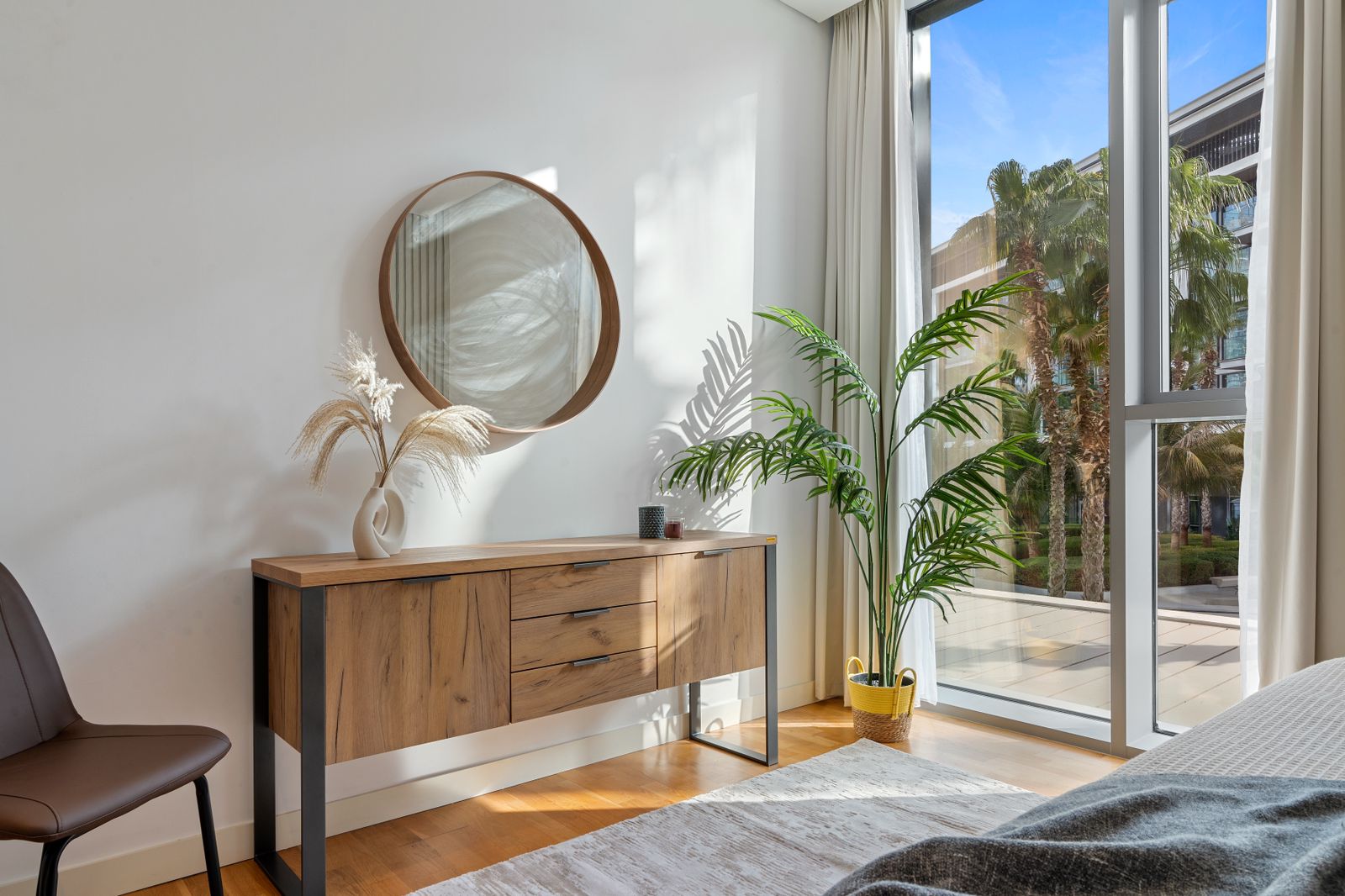
Design, here, becomes infrastructure.
A sequence of decisions that must tolerate frequency, abrasion, and oversight. Materials that don’t peel. Mechanisms that remain aligned. Finishes that recover. Layouts that direct, rather than obstruct.
The environment must recalibrate constantly, without showing signs of strain. No guest should sense the fatigue even after a hundred stays.
That’s where real return lives. Not in the launch. Not in the listing photos. But in the day 273 reality of continued function. And that’s the nuance. Fast turnover doesn’t make it fleeting. It accumulates.
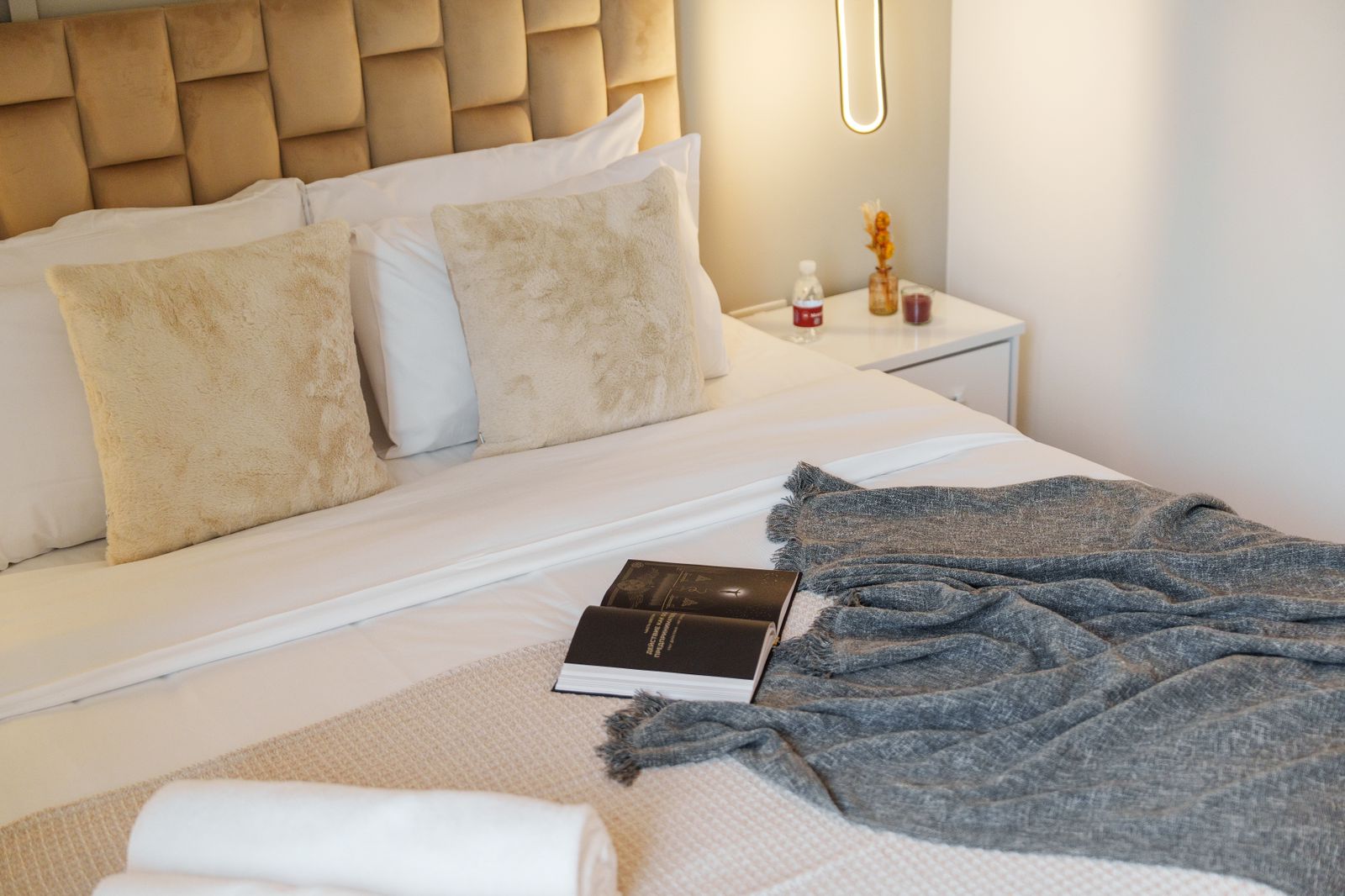
We build with that logic in mind.
Our Airbnb Packages aren’t aesthetic bundles.
They’re operational strategies, shaped with the same intelligence used in hotel environments. Because if the experience is the offering, the unit is the asset. And protecting the asset means anticipating pressure before it becomes damage.
We choose edges that absorb minor shock. Textile that forgive. Joinery that doesn’t shift. Functions that follow tempo because delays cost more than foresight.
To last, a unit must adapt without apology. No breakdown. No excuse. No visual fatigue.
The real value isn’t in how it starts, but in how it resists what comes after. What delivers is what doesn’t give in, despite everything urging it to.
Short-term rentals require long-term intelligence.
And that’s the only game we play.

.png)

